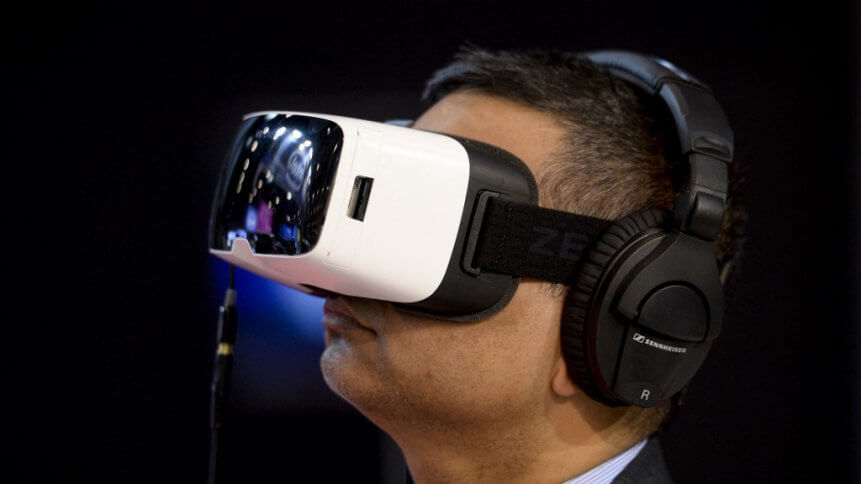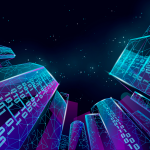
Developing real-world applications for the Internet of Things (IoT) can require widespread integration of multiple technologies, most requiring specialized skills to configure and maintain these technologies properly. Could low-code or no-code platforms eliminate the accessibility hurdles that prevent more people from developing working IoT applications?
But why is this easier entry point important in the first place? Well, enabling connectivity for objects like devices (think smartwatches, or fitness trackers) and cars is the primordial essence of IoT, but developing those objects’ connectivity does not come down to just one technological adaptation. No, IT teams need to stay updated on a variety of constantly evolving breakthroughs to develop IoT applications, such as wireless technology, hardware sensors, interoperable functionality, cross-device detection, and so on.
Very few are going to possess the proper collection of specializations to develop quality IoT apps, and the rapid rate of tech advancement means keeping up with the latest innovations becomes a challenge for developers. Some specialists and industry watchers believe overcoming this specialization barrier will be made much easier with low-code / no-code programs.
How can low-code / no-code help with IoT app dev?
Over the past couple of years, platforms that require little-to-no coding experience have been developed, enabling for the first time people who aren’t software engineers to build software applications. These low-code and no-code platforms have become a valuable tool in the rapid application development toolbox.
What’s the difference between low-code and no-code? “Low-code means you have to know a little code, as much as you might use with Excel to write some formulas,” said Chris Nicholson, the chief executive of Pathmind, a company applying deep reinforcement learning to industrial operations. “No-code usually means you use drag-and-drop icons and connect them in a graphical user interface.”
But given the ‘recent development’ status of both platform types, and the use of them towards IoT devices being fairly new, most low-code / no-code platforms come with their own individual strengths and weaknesses – they are not part of a harmonized platform ecosystem (yet). But the community, and the heterogeneous nature of connected devices, is growing in prominence.
The leading cloud-based IoT bases like IBM Watson, Microsoft’s Azure, and Amazon Web Services (AWS) are now capable of straightforward integration with recognized low-code software, so coordinating application development in those environments has already been made much more seamless – using an application programming interface (API)-based integration approach to minimize the complexity.
Not just consumer IoT development either. Increasingly, numerous industries are looking into how to efficiently and securely connect their operational technology (OT) online, and to have them interoperable and reporting back live data for analysis and improvement.
YOU MIGHT LIKE

Will no-code solutions democratize tech skills?
This industrial internet of things (IIoT) is pressurizing companies all along the supply chain to keep up with innovation, from the manufacturing floor to logistics to automation to even building and energy management. The high level of integration plus the soaring time and efficiency demands can greatly benefit from the right low-code or no-code platforms, which can function as extensions of the IoT platform itself – providing and sharing data that can be used to monitor production, and ensure that timely business upgrades are carried out, and accurately reported to overseers.
Industry observers also believe that cloud-based low-code and no-code platforms can help companies with security, governance, and testing. “However, the nature of IoT applications is that some part of them must be on the edge – usually on-site with the company, and in that case, the company may need its own experts to ensure compliance,” Nicholson noted. “The problem with asking non-software engineers to write software is that they may not be used to ideas related to testing, security, and governance.”
As emerging tools, adequate safe development and testing need to be conducted before any production deployment. Key to ensuring quality will be the examination of data and using simulators to project if the software performs, as well as to test the cybersecurity readiness, as IoT devices would mean newly exposed endpoints that need to be secured before any use in a production environment.
Organizations looking to apply no-code or low-code development platforms first need to understand what those platforms are capable of, as well as what other vendors are offering that might impact the build of working IoT apps. Understanding the underlying foundation and application ecosystem can go a long way toward helping determine if the current platform is flexible and robust enough to manage the surge of IoT applications that is expected of it.








